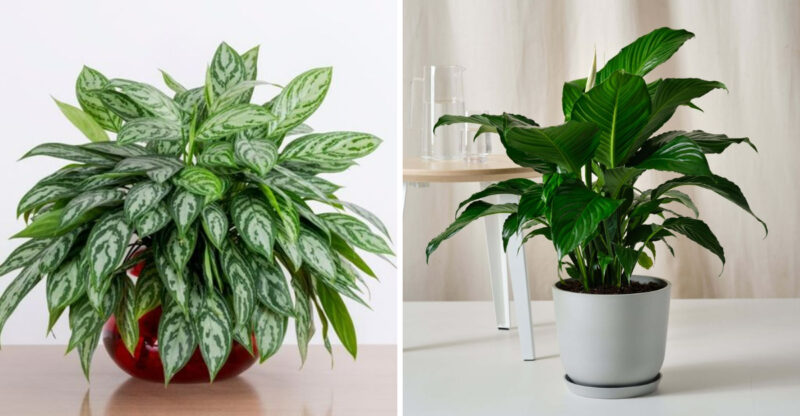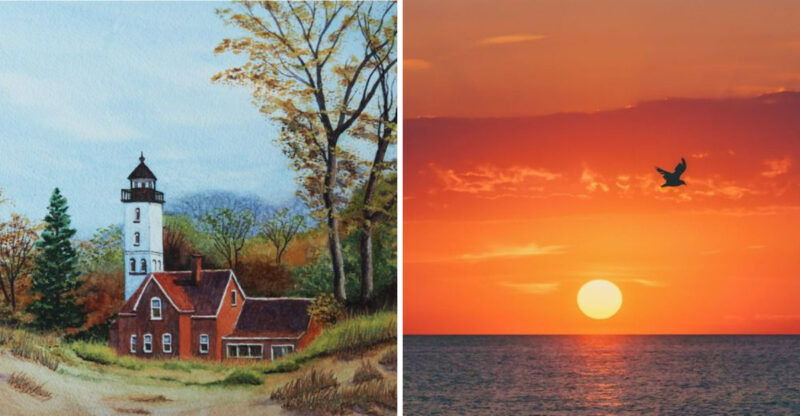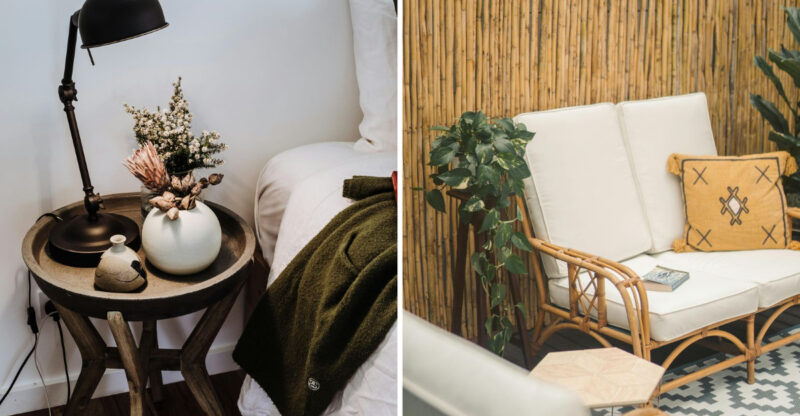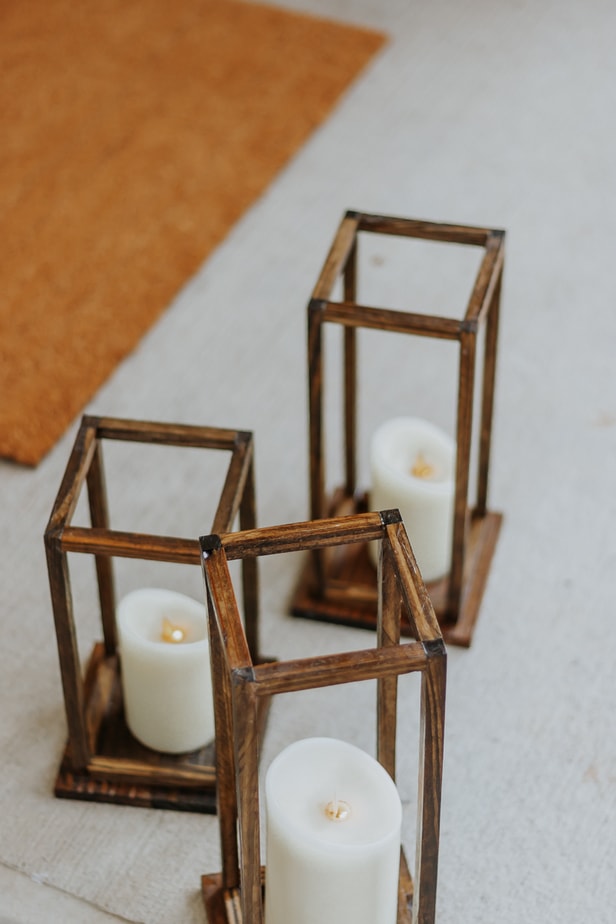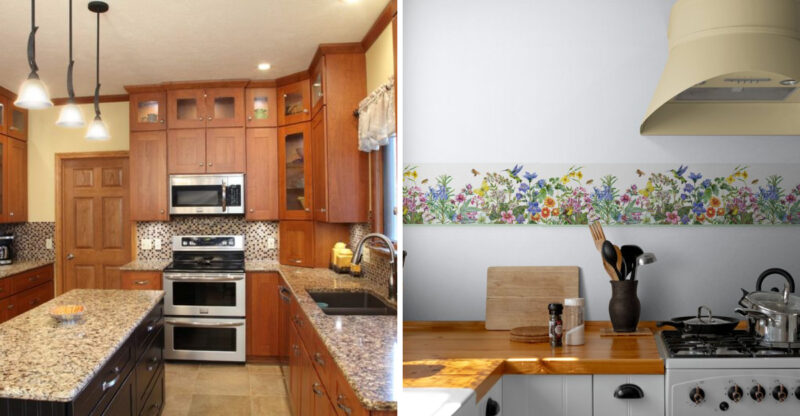8 Colorado Homes Forecasted To Lose Value And 9 To Gain By 2026
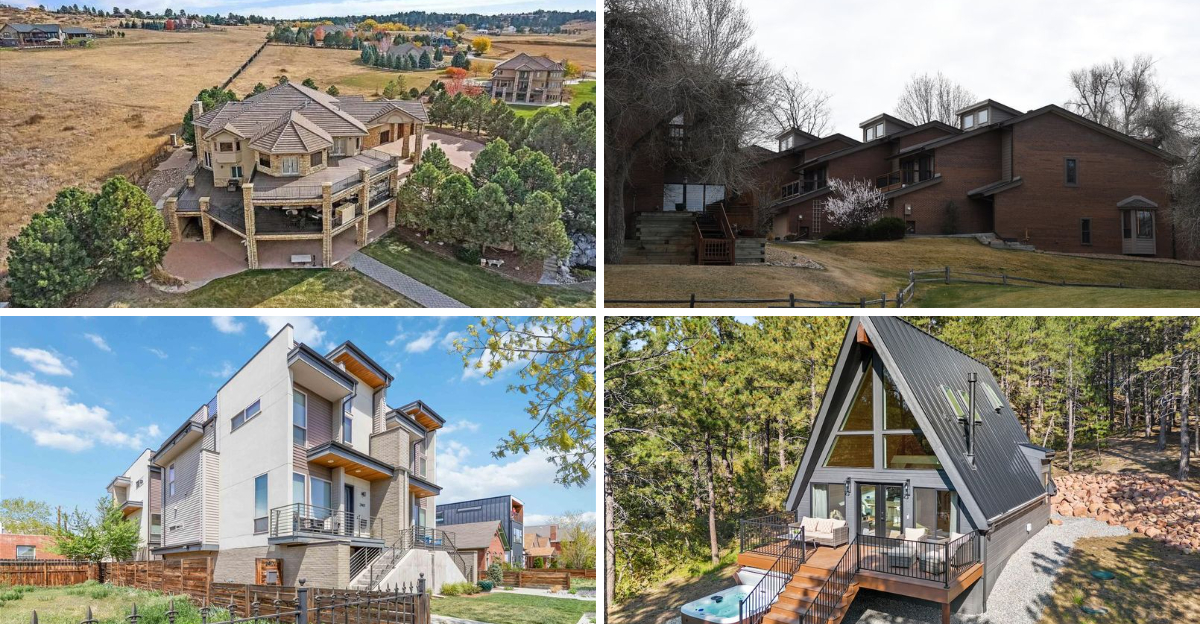
Colorado’s housing market is changing faster than my design clients can pick paint colors! Some property types are headed for serious value drops while others are poised for impressive gains.
Looking to buy, sell, or just curious about where the market’s headed? Knowing which homes will sink or swim by 2026 could save you from a costly mistake or lead you to your next smart investment.
1. Older Ski Condos Without Updates

Those 1980s ski condos with dated wood paneling and hot tubs that haven’t worked since the Clinton administration are heading downhill fast. Ski properties in Breckenridge or Vail without recent updates could see values drop by 20%.
Modern skiers want contemporary amenities and energy efficiency. Without significant renovations, these aging properties will continue losing appeal to both vacationers and investors looking for rental income.
2. High-Rise Urban Condos
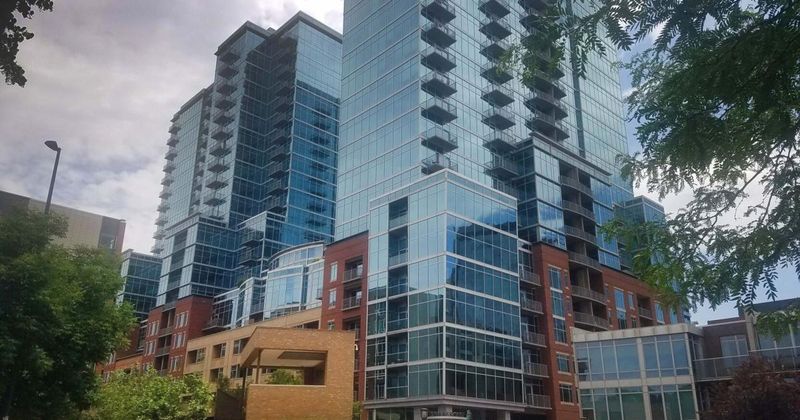
Downtown Denver’s glass towers aren’t the safe investment they once were. Post-pandemic work patterns have permanently shifted, with fewer people needing to live close to office buildings.
High HOA fees combined with smaller living spaces make these properties increasingly difficult to sell. Urban condos, especially those without outdoor space or in buildings with limited amenities, could see values decrease by 10-15% as buyers prioritize space and flexibility.
3. Homes In Wildfire-Prone Zones
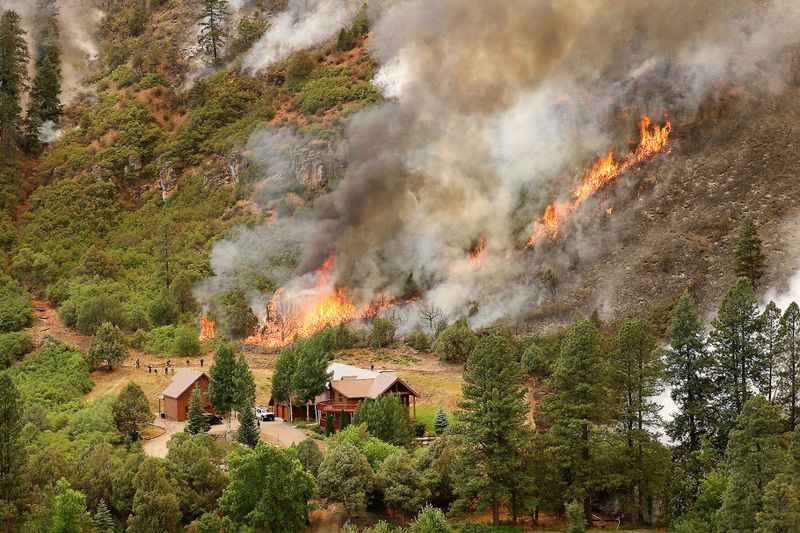
If you’re eyeing that beautiful property nestled among the pines in wildfire country, proceed with extreme caution. Insurance companies are either jacking up rates or flat-out refusing coverage in high-risk areas.
Properties in fire-prone zones like parts of Boulder County and the foothills west of Fort Collins face increasing challenges. Without affordable insurance options, these homes could see values plummet by 25% or more as the climate crisis intensifies wildfire risks.
4. Golf Course Communities
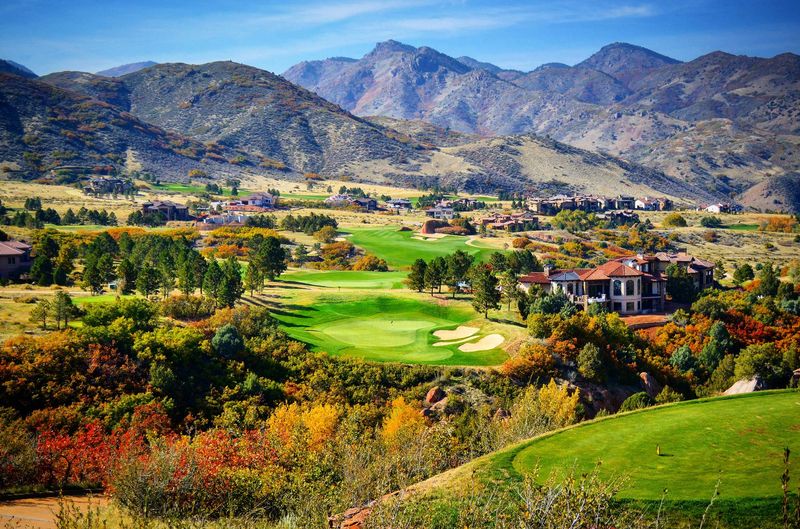
Those manicured fairway views aren’t the draw they once were. Younger generations simply aren’t taking up golf at the rates their parents did, and many courses are struggling financially.
Communities like those in Castle Pines and Highlands Ranch built around golf courses face uncertain futures. Water scarcity issues make maintaining these massive green spaces increasingly expensive and environmentally questionable in our semi-arid climate, potentially leading to 10-15% value drops.
5. Outdated Log Cabins
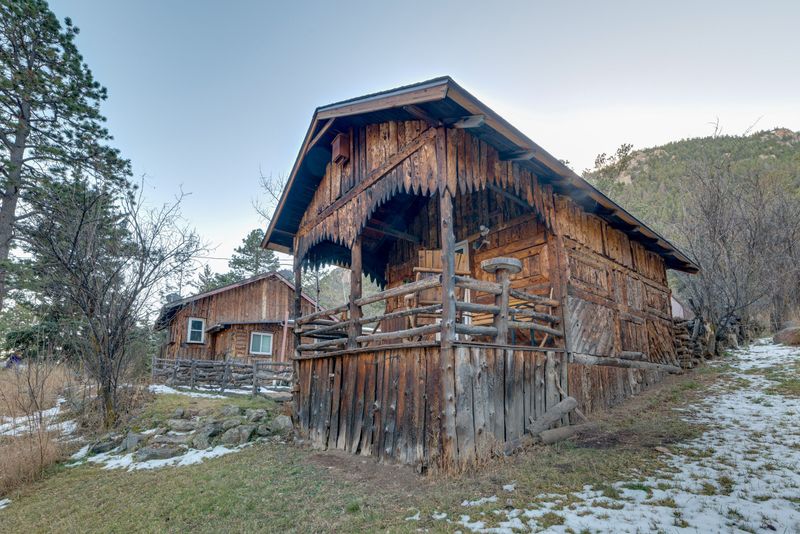
Rustic charm has its limits, especially when paired with poor insulation and high maintenance costs. Traditional log cabins requiring constant upkeep are falling out of favor with today’s home shoppers.
These high-maintenance properties in areas like Estes Park and Grand Lake face significant challenges. Log homes without modern updates, energy-efficient windows, or proper insulation could see values drop by 15% as buyers recognize the ongoing expense and effort required to maintain them.
6. Remote Rural Properties With Poor Internet
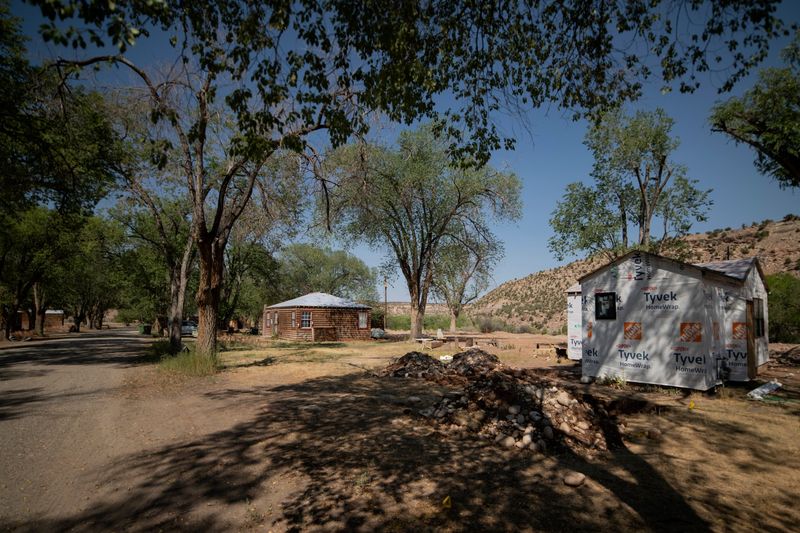
Isolation isn’t appealing when you can’t get reliable WiFi. Remote properties in counties like Costilla or Huerfano with poor connectivity are rapidly losing appeal in our work-from-anywhere economy.
The pandemic permanently changed work patterns, making high-speed internet essential infrastructure. Rural homes without reliable broadband access could see values stagnate or drop by 15-20% as the digital divide widens and remote work becomes the norm rather than the exception.
7. Flipped Homes With Poor Craftsmanship
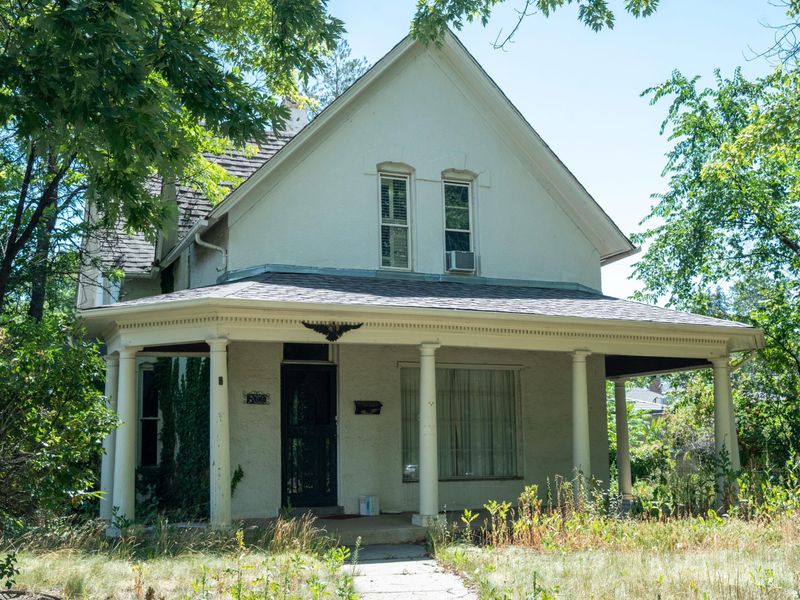
Those quick flips with gray walls and vinyl plank flooring aren’t fooling anyone anymore. Hastily renovated properties with cosmetic updates hiding serious issues are facing market backlash.
Flipped homes in neighborhoods like Aurora or Lakewood with visible corner-cutting are increasingly scrutinized by savvy buyers. Properties with superficial updates but underlying structural, electrical, or plumbing problems could see values drop by 20% once inspection issues emerge and repair costs become apparent.
8. Large McMansions In Suburbs
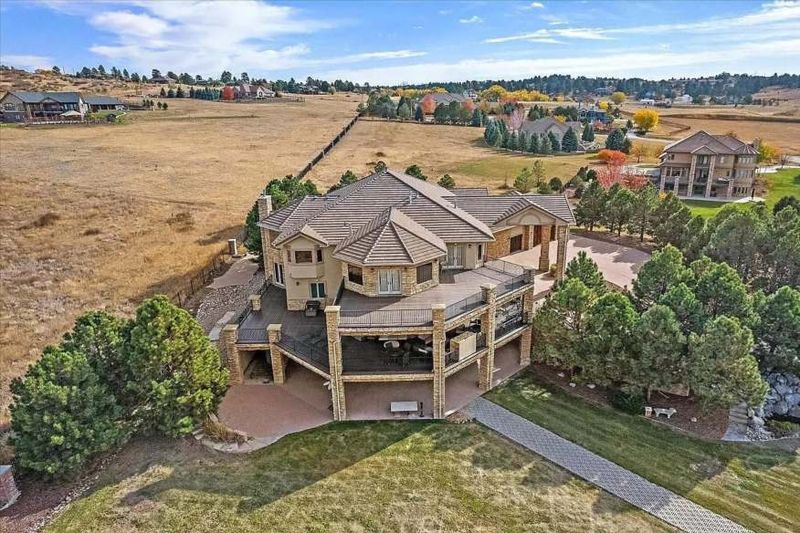
Oversized homes with cookie-cutter designs are falling out of favor fast. McMansions in places like Parker and Highlands Ranch might lose up to 15% of their value by 2026.
These massive energy-guzzlers with their formal dining rooms and media spaces don’t align with today’s home hunters’ priorities. Younger families prefer smaller, more efficient homes that don’t require a small fortune to heat and cool.
9. Modern Mountain Homes With Energy Efficiency
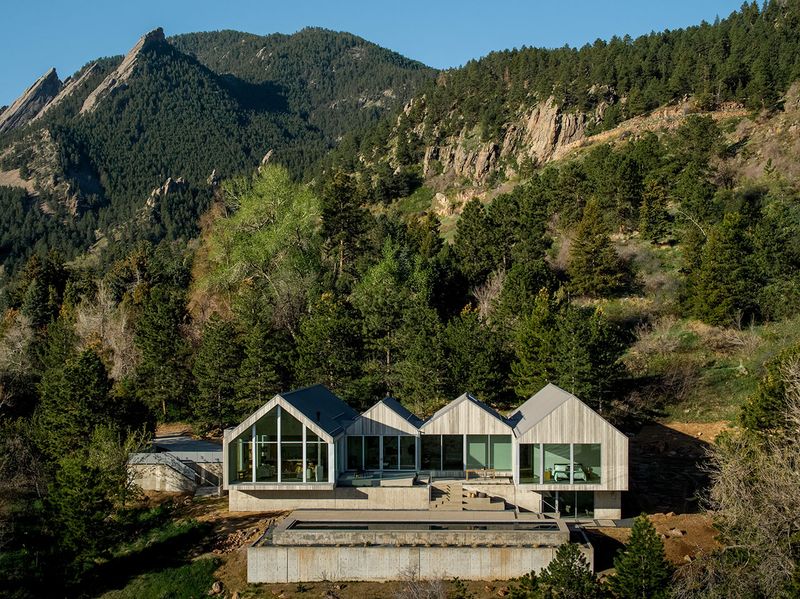
Smart mountain designs combining stunning views with practical efficiency are absolute gold in today’s market. Contemporary homes in places like Steamboat Springs or Telluride featuring passive solar design and superior insulation are seeing tremendous interest.
These properties blend the mountain aesthetic buyers crave with the lower operating costs they need. Homes incorporating both architectural appeal and meaningful energy efficiency could see values jump 20-25% by 2026 as utility costs continue rising.
10. New-Build Homes In Fast-Growing Towns
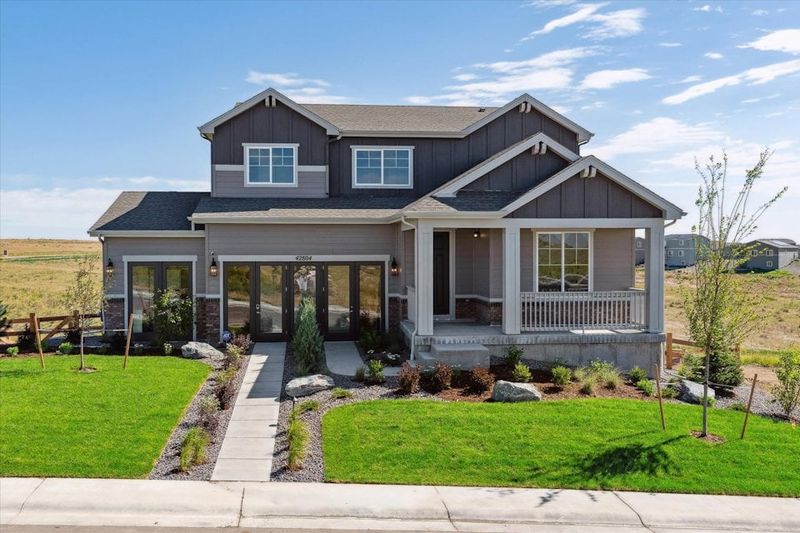
Fresh construction in emerging hotspots is where smart money’s flowing. New homes in rapidly developing areas like Windsor, Frederick, and Erie are attracting buyers fleeing bigger cities.
These properties offer modern floor plans without the renovation headaches of older homes. New construction in these growing communities could see 15-20% value increases by 2026 as infrastructure improves and amenities expand to serve the influx of new residents.
11. ADU-Friendly Properties
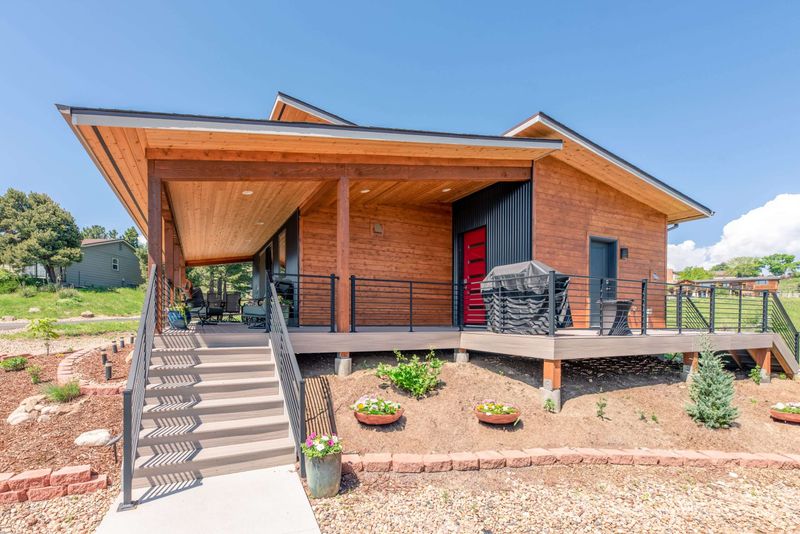
Homes with accessory dwelling unit potential are absolute gold mines in today’s market. Properties in areas with favorable ADU zoning like Boulder or Fort Collins offer incredible flexibility for multi-generational living or rental income.
These versatile properties help offset mortgage costs through rental income. Homes with existing ADUs or the space to add one could see values increase by 25% or more by 2026 as housing costs continue rising and flexible living arrangements become increasingly necessary.
12. Small Modern Cabins Or A-Frames
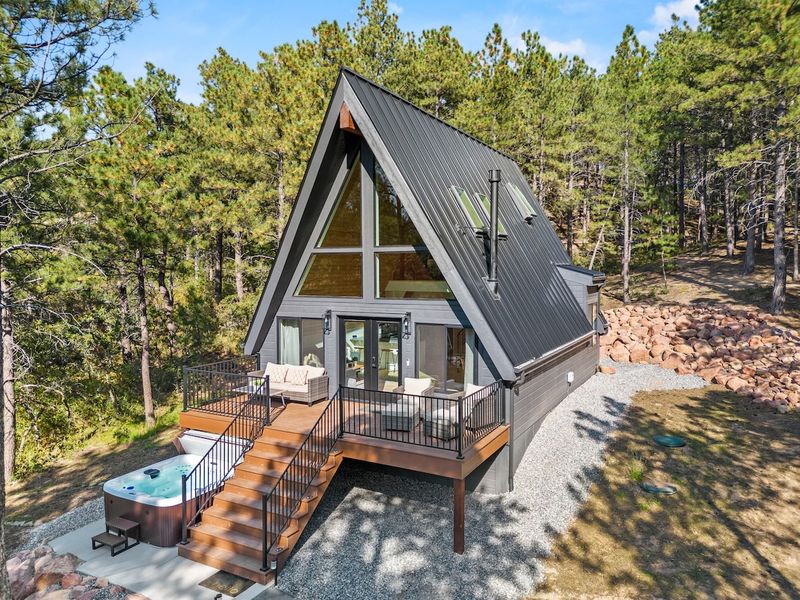
Compact, stylish retreats are absolutely crushing it with younger buyers. Reimagined A-frames and modern micro-cabins in areas like Nederland or Bailey offer weekend escapes without massive maintenance commitments.
These Instagram-worthy properties provide the mountain experience without overwhelming upkeep. Well-designed small cabins with thoughtful layouts and contemporary finishes could see values jump 20-30% by 2026 as more buyers prioritize experience over square footage.
13. Walkable Urban Townhomes

Urban properties where you can actually ditch your car are commanding serious premiums. Townhomes in walkable neighborhoods like RiNo, LoHi, or Old Town Fort Collins offer the perfect balance of privacy and convenience.
These properties combine the benefits of single-family living with urban amenities. Well-located townhomes within walking distance of restaurants, shops, and entertainment could see values increase by 15-20% by 2026 as transportation costs rise and walkability becomes increasingly valued.
14. Homes With Solar And Net-Zero Features
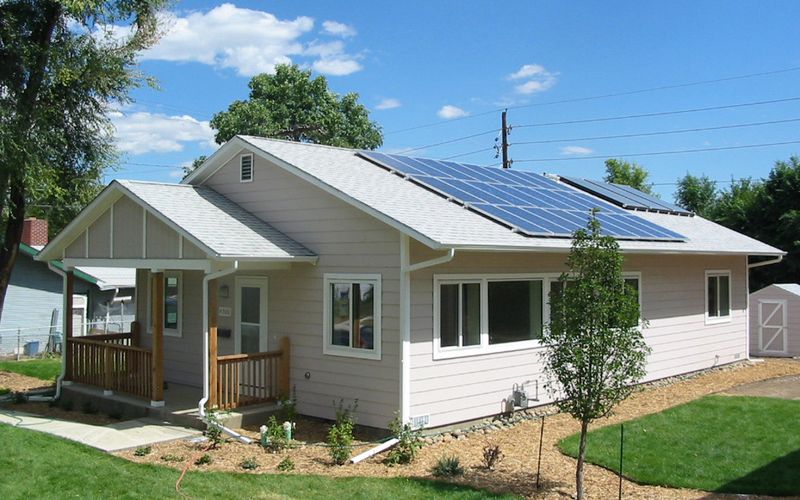
Energy independence is becoming the ultimate luxury in Colorado’s climate. Properties with comprehensive solar arrays, battery storage, and efficient design in sunny areas like Pueblo or Grand Junction are seeing tremendous interest.
These forward-thinking homes offer protection from rising utility costs. Net-zero properties that produce as much energy as they consume could see values increase by 25-30% by 2026 as energy prices continue climbing and climate concerns drive buyer preferences.
15. Properties With Flexible Home Office Space
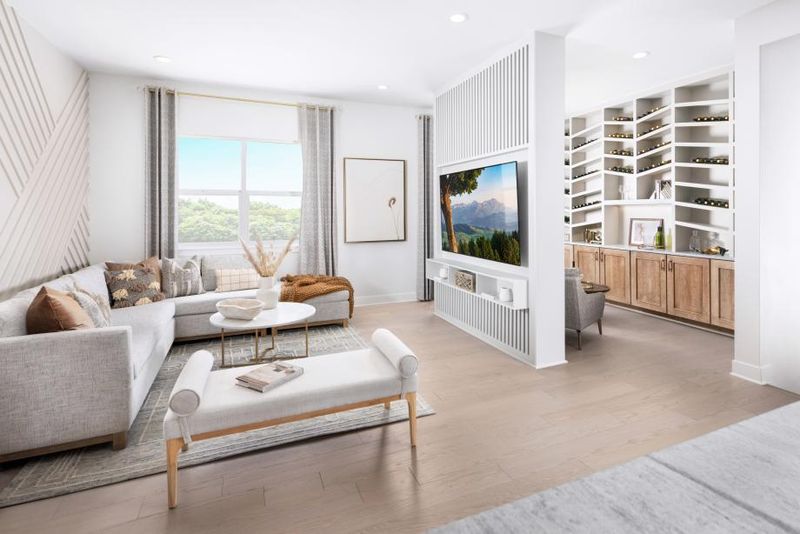
Dedicated work-from-home spaces have moved from nice-to-have to absolutely essential. Homes with thoughtfully designed office spaces or flexible rooms that can adapt to changing needs are commanding significant premiums.
Remote work isn’t going anywhere, and buyers know it. Properties with dedicated offices, strong internet infrastructure, and sound separation from living areas could see values increase by 15% by 202. The fact is, work patterns continue evolving away from traditional office settings.
16. Well-Maintained Mid-Century Modern Homes
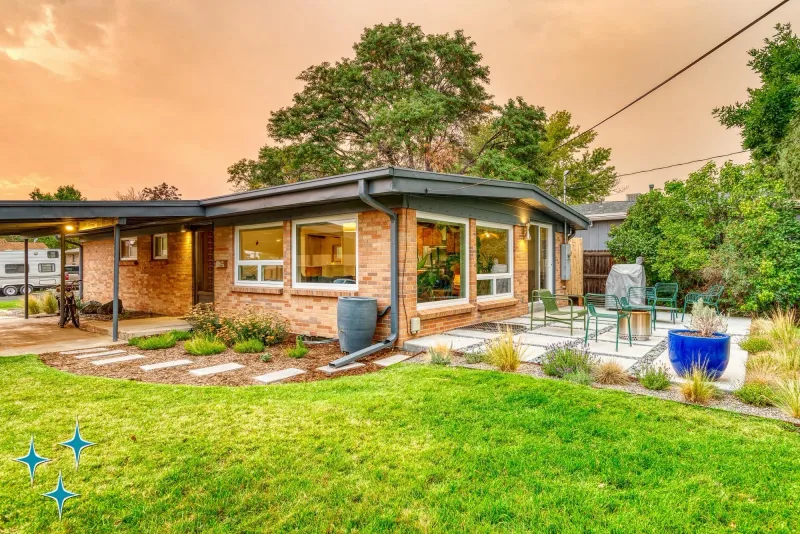
Those 1950s-60s architectural treasures with original features are absolute treasures that keep appreciating. Authentic mid-century homes in neighborhoods like Harvey Park in Denver or Martin Acres in Boulder offer timeless design that younger buyers covet.
These architectural time capsules combine vintage charm with practical layouts. Well-preserved mid-century properties with original features and thoughtful updates could see values increase by 20% by 2026. They become increasingly rare and sought after by design-conscious buyers.
17. Homes Near Outdoor Recreation Hubs
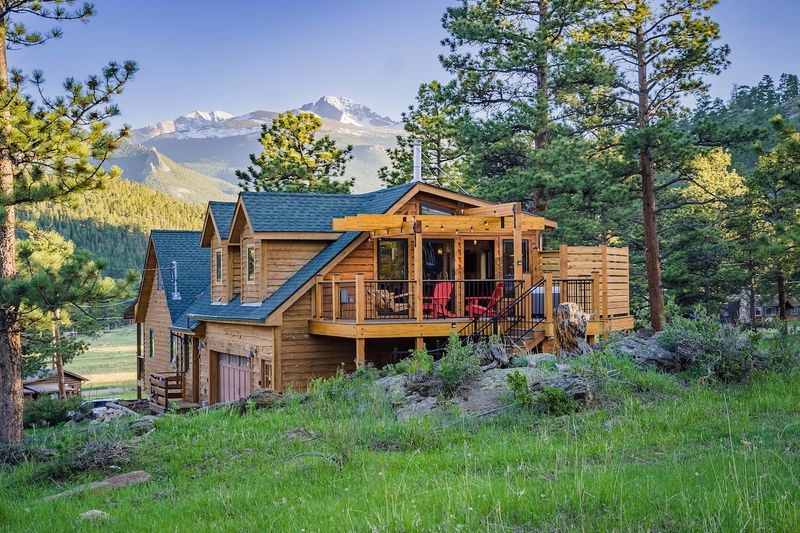
Properties with easy access to trails, rivers, and open spaces are absolute gold in our outdoor-obsessed state. Homes in communities like Golden, Salida, or Durango that offer quick access to recreation are seeing unprecedented demand.
Colorado’s outdoor lifestyle continues driving migration to our state. Properties within walking or biking distance of trails, rivers, or other recreation areas could see values increase by 20-25% by 2026.


